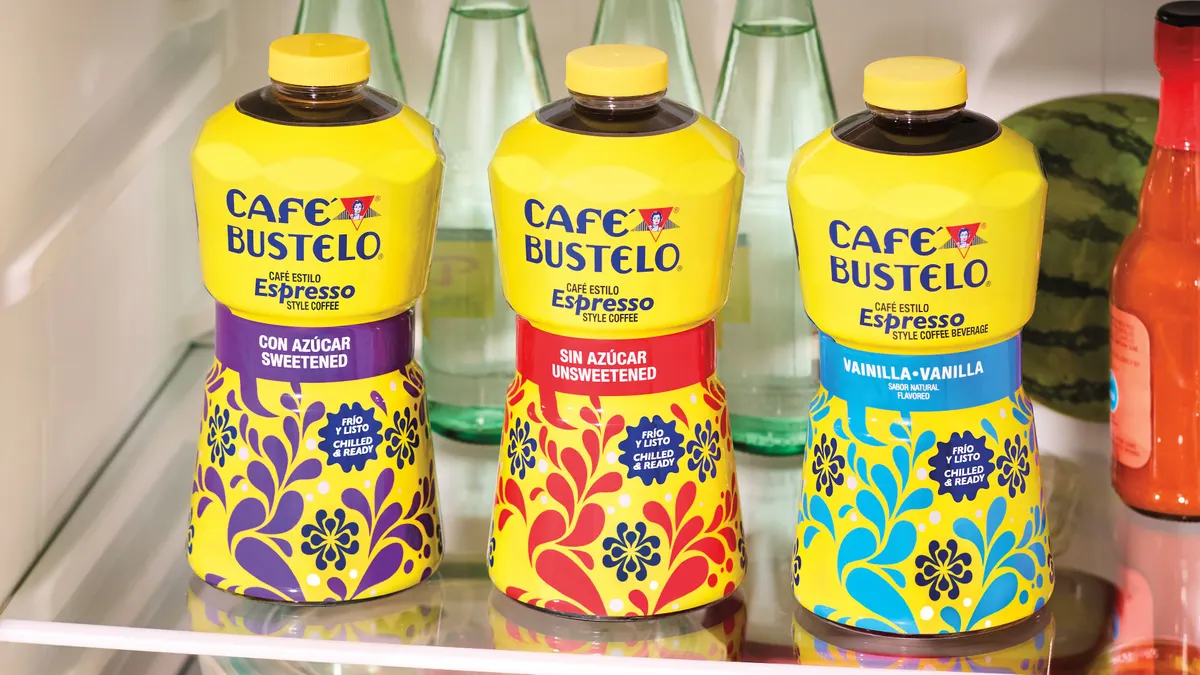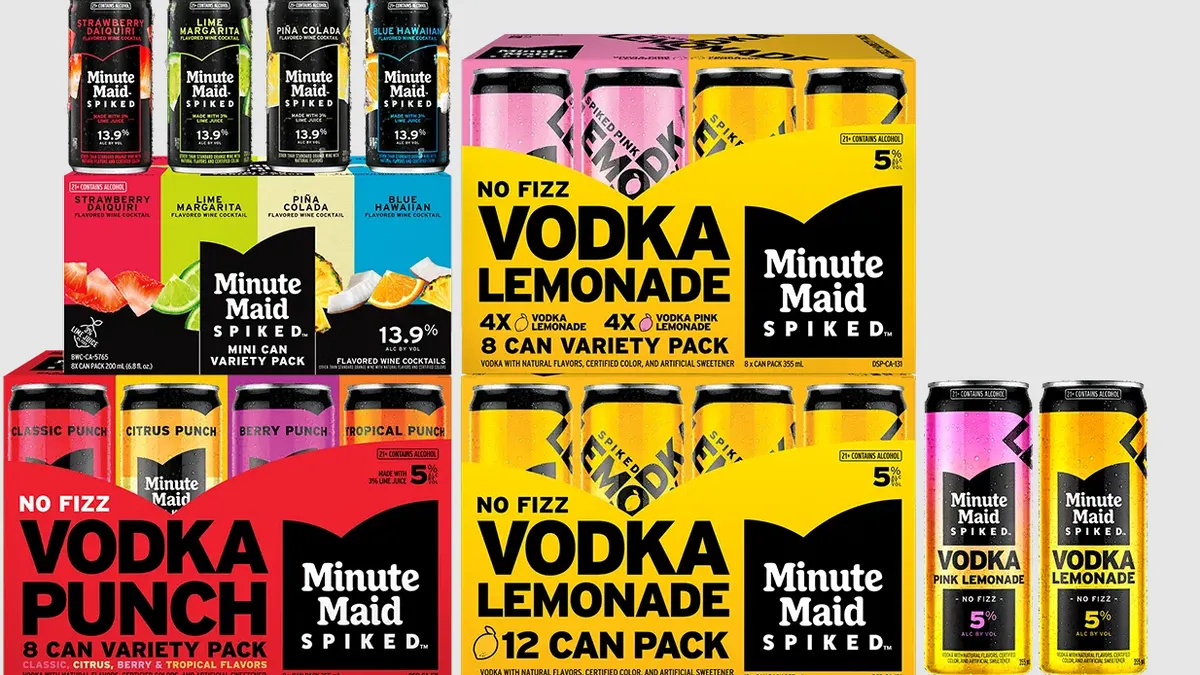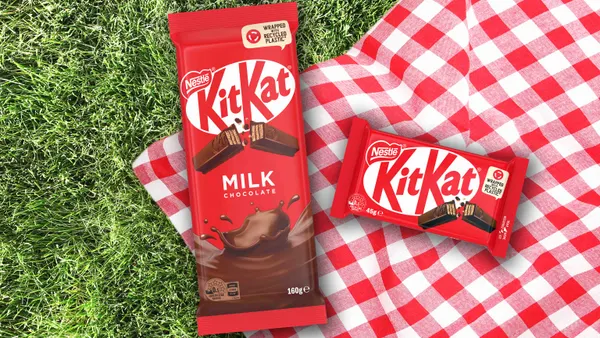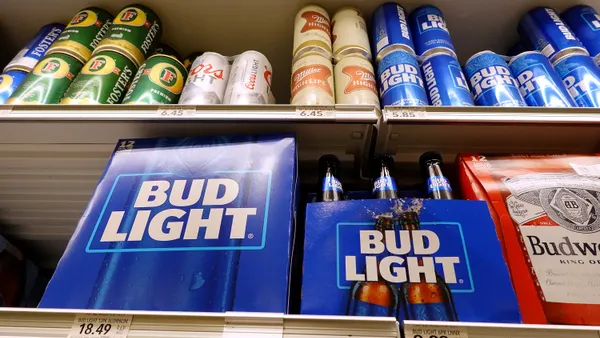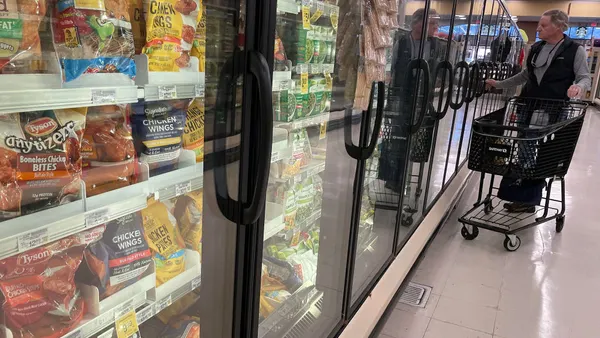Dive Summary:
- The Institution of Mechanical Engineers has released a report claiming that 50% of the world's food is wasted, or 1.2 - 2 billion tons.
- The reasons vary, however poor infrastructure, strict sell by dates and the consumer demand for visually perfect foods are certainly forerunners.
- Almost 550 billion m3 of water is wasted on crops that never even reach supermarket shelves.
From the article:
A new report by the Institution of Mechanical Engineers has found that as much as 50% of all food produced around the world never reaches a human stomach.
The findings suggest that this is due to issues as varied as inadequate infrastructure and storage facilities through to overly strict sell-by dates, buy-one-get-one free offers and consumers demanding cosmetically perfect food.
With UN predictions that there could be about an extra three billion people to feed by the end of the century and an increasing pressure on the resources needed to produce food, including land, water and energy, the Institution is calling for urgent action to tackle this waste.
The report ‘Global Food Waste Not Want Not' found that:
Between 30% and 50% or 1.2-2 billion tonnes of food produced around the world each year never reaches a human stomach.
As much as 30% of UK vegetable crops are not harvested due to them failing to meet exacting standards based on their physical appearance, while up to half of the food that’s bought in Europe and the USA is thrown away by the consumer.
About 550 billion m3 of water is wasted globally in growing crops that never reach the consumer.
It takes 20-50 times the amount of water to produce 1 kilogram of meat than 1 kilogram of vegetables.
The demand for water in food production could reach 10–13 trillion m3 a year by 2050. This is 2.5 to 3.5 times greater than the total human use of fresh water today and could lead to more dangerous water shortages around the world.
There is the potential to provide 60-100% more food by eliminating losses and waste while at the same time freeing up land, energy and water resources...



